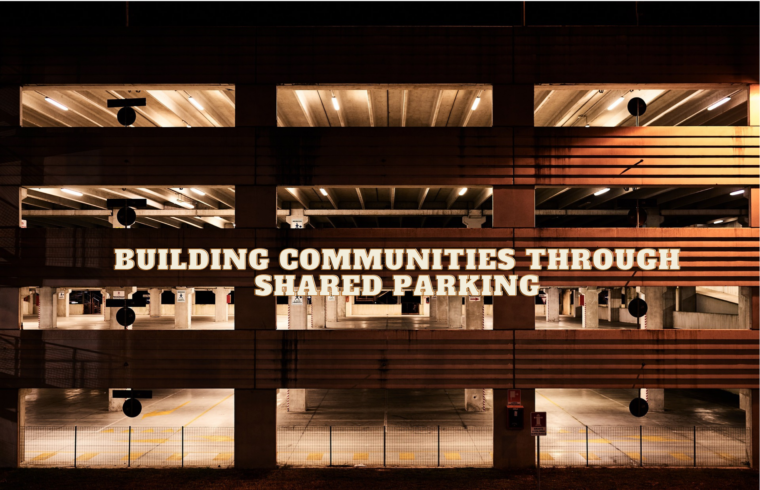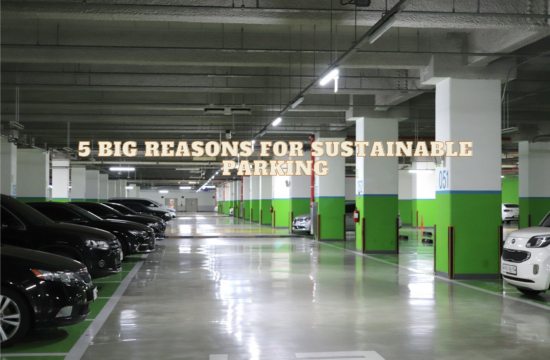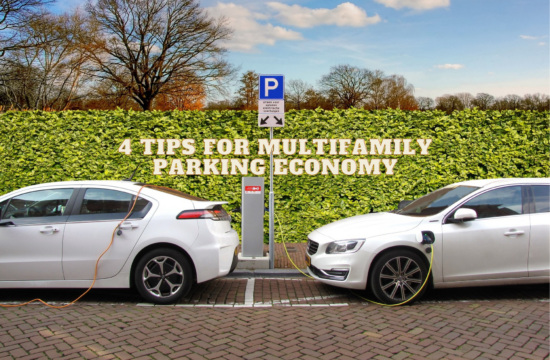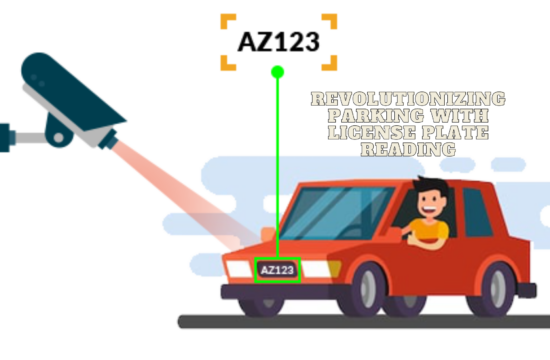If you live in a big city, you likely already have a pretty good idea of how shared parking can help your community. In fact, it could be even more helpful than you’ve already imagined, offering a whole host of benefits many people never consider.
If, on the other hand, you live in a suburb or smaller community, you may not see quite as much need for shared parking. Still, there are several benefits offered by shared parking that can help make even smaller communities a better place to live.
Mitigating Traffic Woes
Mitigating traffic woes is vital for community well-being. Optimizing parking space usage is an effective strategy, reducing the demand for extensive parking lots and alleviating congestion. This leads to smoother traffic flow, shorter commutes, and reduced pollution, significantly enhancing the overall quality of life for residents in every community.
Local Business Entry Enhancement
Enhancing local business entry is crucial for community vitality. Optimized parking space usage guarantees convenient parking options for customers, encouraging support for nearby businesses. This stimulates economic growth, job creation, and the overall health of the community’s retail sector, making essential goods and services easily accessible to residents.
Enhanced Urban Greenery
Enhancing urban greenery is achievable through optimized parking practices, freeing up land for parks, green spaces, and landscaping projects. This enhances the community’s visual appeal, provides residents with access to nature, and encourages outdoor activities. It contributes to a healthier, more attractive living environment for everyone in the community.
Nurturing Public Positivity
Nurturing public positivity is a significant outcome of optimized parking strategies. Reduced traffic congestion and parking-related stress create a more positive living environment. Enhanced mobility, shorter travel times, and convenient access to local amenities foster happiness and overall well-being, ensuring a happier and more satisfied community in every locality.





